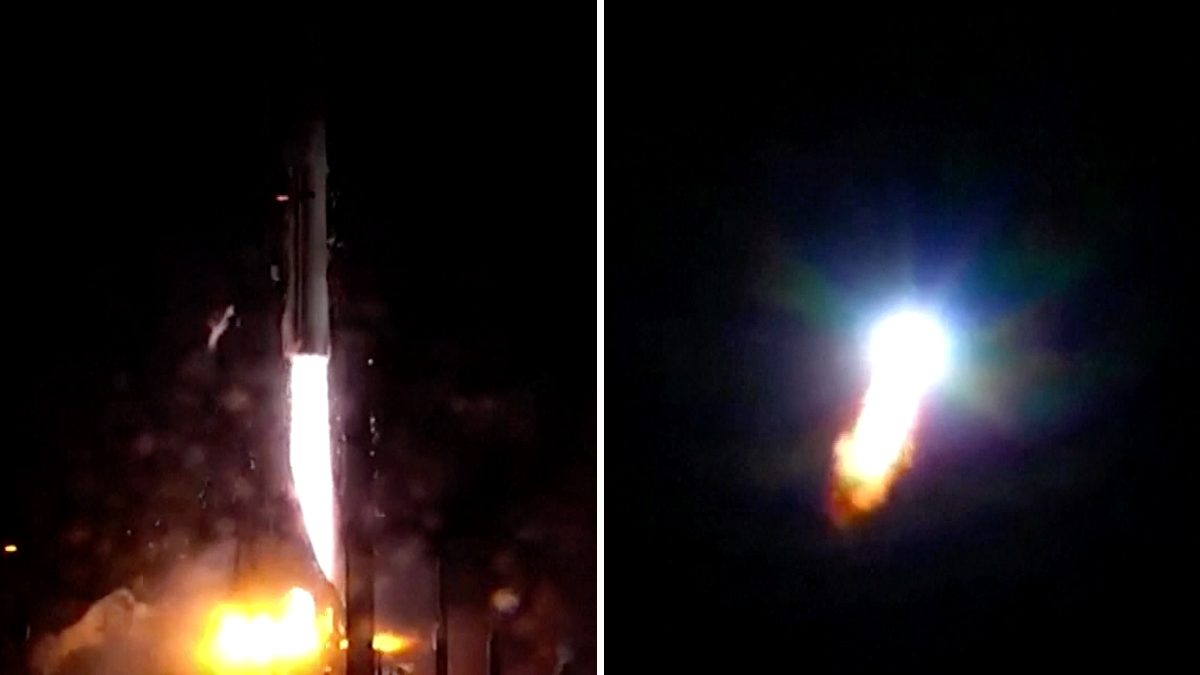CAPE CANAVERAL, Fla. — A rocket made up almost entirely of 3D-printed parts made its first launch Wednesday night and soared into the air to big celebrations, only to crash three minutes later, well short of the orbit.
Relativity Space’s test flight had nothing on board except the company’s first piece of 3D-printed metal, made six years ago.
The firm hoped the souvenir piece would spend several days in a 125-mile high orbit before falling into the atmosphere and being consumed on its descent with the rocket’s upper stage.
Finally, the first phase did its job after liftoff from the Space Force Station at Cape Canaveral, and separated as planned. But the upper stage appeared to light up and then go out, causing the rocket to crash into the Atlantic.
It was the third launch attempt from what was once a missile facility. Relativity Space came within half a second of launch this month, when the rocket’s engines actually ignited before suddenly shutting down.
Although the upper stage failed and the mission did not reach orbit, “early launches are always exciting, and today’s flight was no exception,” the carrier said. speech from Relativity Space, Arwa Tizani Kelly, after Wednesday’s launch.
Most of the 110-foot rocket, including its engines, came from the company’s massive 3D printers in Long Beach, California.
NASA presented the new AEXMU suit that three astronauts will wear during the Artemis III mission.
Printed metal parts made up 85% of the rocket, called Terran. Larger versions of the artifact will hold even more and can be reused for multiple flights.
Other space companies also use 3D printing, but only for a small portion of their parts.
Relativity Space, founded in 2015 by a couple of young aerospace engineers, has caught the eye of investors and venture capitalists.
The Associated Press Health and Science Department is supported by the Howard Hughes Medical Institute Science and Educational Media Group. AP is solely responsible for its content.

